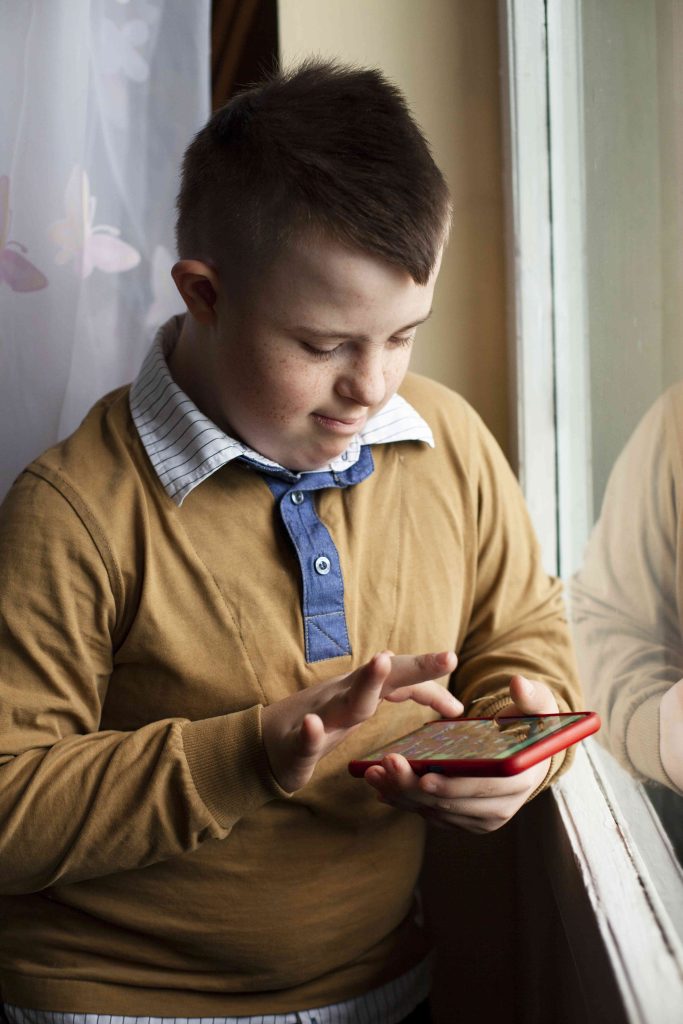Augmented Reality to Encourage Autistic Children to Engage in Imaginative Play and Learning
Children are most precious to their parents.
In a child’s mind, everyday objects can become almost anything: a large cardboard box can be a rocket ship, or a wooden block can be a fighter jet. While this type of play, pretend or imaginative play, is a source of fun, it also plays an important role in cognitive development.
According to “Behnam Karami”, the application of virtual reality (VR) for therapeutic purposes has escalated dramatically in recent years. Favorable properties of VR for engaging patients with autism, in particular, have motivated an enormous body of investigations targeting autism-related disabilities with this technology. This study aims to provide a comprehensive meta-analysis for evaluating the effectiveness of VR on the rehabilitation and training of individuals diagnosed with an autism spectrum disorder. Accordingly, we conducted a systematic search of related databases and, after screening for inclusion criteria, reviewed 33 studies for more detailed analysis. Results revealed that individuals undergoing VR training have remarkable improvements with a relatively large effect size with Hedges g of 0.74. Furthermore, the results of the analysis of different skills indicated diverse effectiveness. The strongest effect was observed for daily living skills (g = 1.15). This effect was moderate for other skills: g = 0.45 for cognitive skills, g = 0.46 for emotion regulation and recognition skills, and g = 0.69 for social and communication skills. Moreover, five studies that had used augmented reality also showed promising efficacy (g = 0.92) which calls for more research on this tool. In conclusion, applying VR-based settings in clinical practice is highly encouraged, although their standardization and customization need more research.


Children with autism are often described as visual thinkers, so by externalising the mental image somewhere else in their reality, it may help them pick up the concept of imaginative play.
-Zhen Bai
Imaginative play helps develop social and language skills, as well as “theory of mind” – the ability to recognize our own emotional states and that other people see things differently than we do. This type of play typically emerges around 18 months of age and reaches its peak between four and seven years of age.
For children with autism or Asperger Syndrome, however, the ability to engage in pretend play is highly diminished. Autism spectrum conditions are characterized by difficulties in the development of social relationships and communication skills and difficulty in sharing in imaginative play is one of the criteria used in making a diagnosis.
Currently, there are various intervention methods that are used to encourage children with autism or Asperger Syndrome to engage in pretend play, which has shown varying degrees of success. Recently, researchers at the University of Cambridge have developed an augmented reality system that aims to help children with autism experience pretend play in a more visually engaging and meaningful way.
Augmented reality (AR), in which virtual objects are superimposed over real-world images in three dimensions and in real-time, is used in a variety of medical, military, and industrial applications. The development of computer vision technologies and hardware capacities has now allowed AR technologies to be made available on personal devices.
Many autistic children are able to engage in imaginative play when instructed. However, one concern with this approach is that the child may simply imitate the actions being shown to them without actually forming original play ideas.
